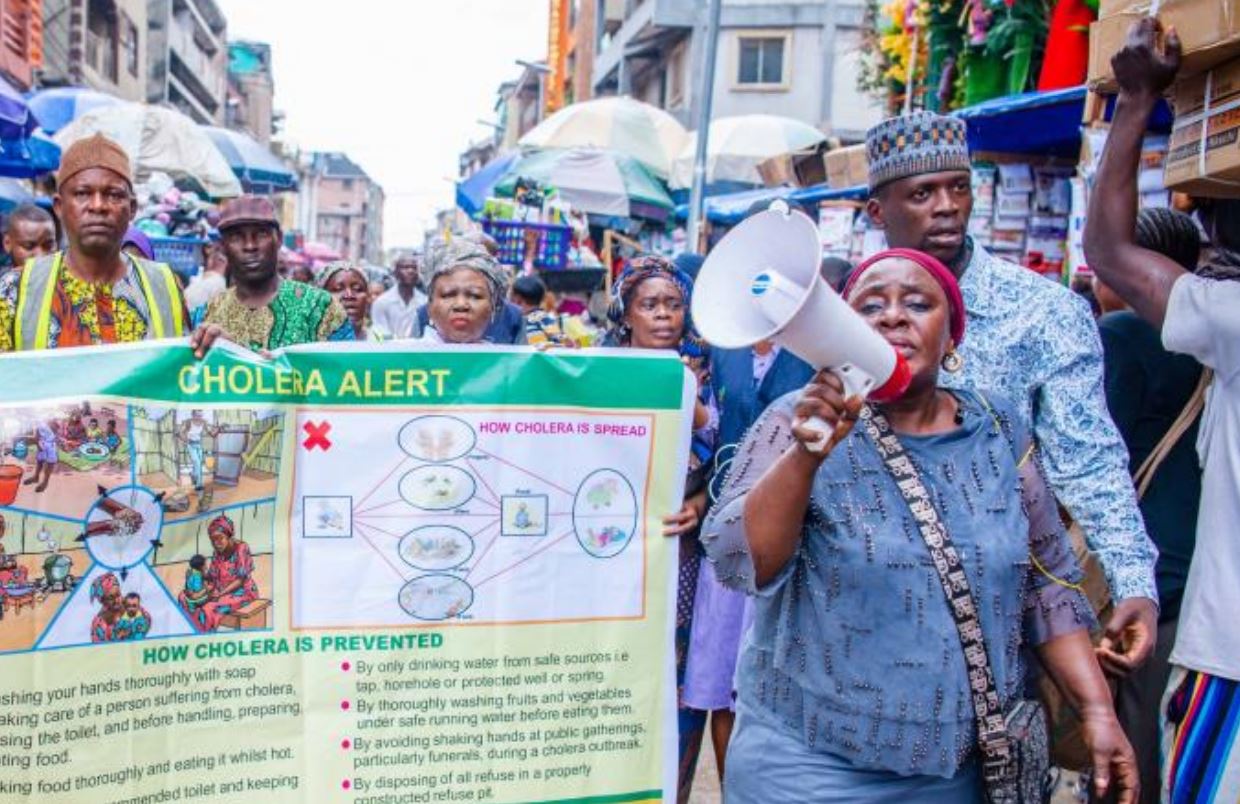Unidentified Illness Disease X Causes Several Deaths in the DRC
The DRC has been hit by an unnamed disease. Without a known cure, several people have and several more could die.
New Disease in DRC Photo: Unsplash/Louis Reed

An unidentified illness has killed several dozen people in the Democratic Republic of Congo, DRC, and a lot of others are left sick.
In the south-western axis of the Democratic Republic of Congo (DRC) where the mystery disease struck a little love two weeks ago, between 67 and 143 people have died.
Victims reported flu-like symptoms of fever, headache, cough and anaemia. Reuters also reported that women and children are the most affected. Aside from this, there is almost nothing known about the disease.
Health officials in the DRC are handling it with urgency not considering endemic diseases like malaria and dengue. They have opened investigations to identify the cause of this killer outbreak.
These investigations may experience a setback for several reasons as the Gavi alliance has said.
Most infected people do not seek health care. This makes it difficult to calculate the reach of an outbreak like disease x. Infected patients could go undetected.
Many clinical laboratories have limited testing capability in a low-income country like the DRC. It lacks diagnostic testing infrastructure, sample collections, transportation to the laboratory and testing are challenging.
The quality and performance of some of the clinical laboratories in the DRC could also be a problem. If disease x is not a common pathogen or one of the known diseases, detection could require extra work.
To detect rarer pathogens, samples are often sent to more specialist laboratories especially if specialised tests, such as gene sequencing become necessary. If the DRC does not have the expertise to test disease x, samples might have to be sent to laboratories outside the country.
Disease X
The DRC has seen sudden outbreaks similar to this in the past. Without enough information about the cause, extent and number of infected people, it is not very easy to say the amount of threat this poses.





